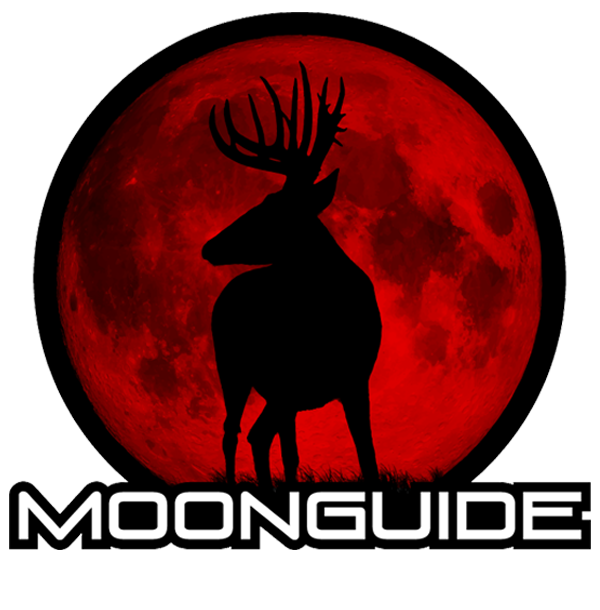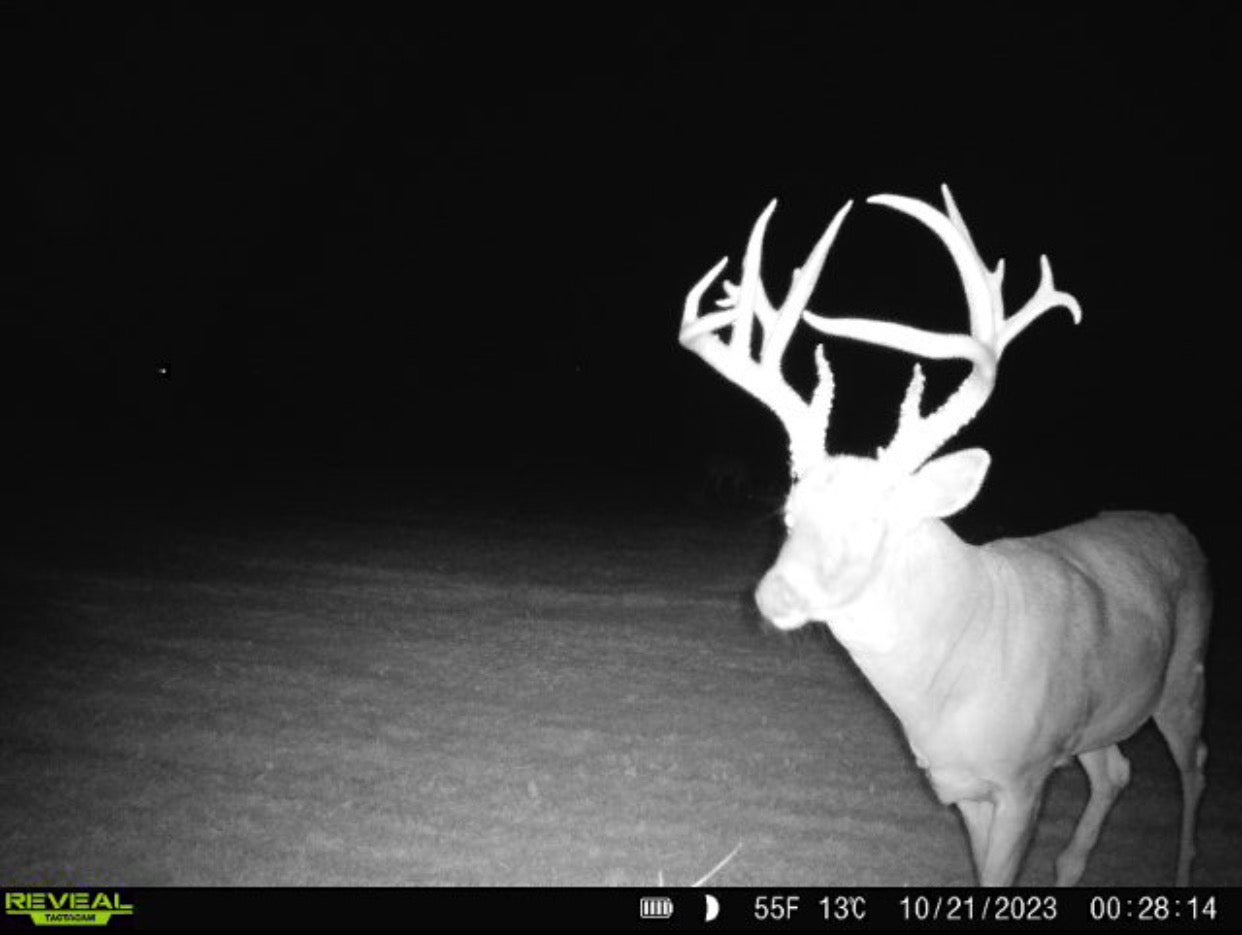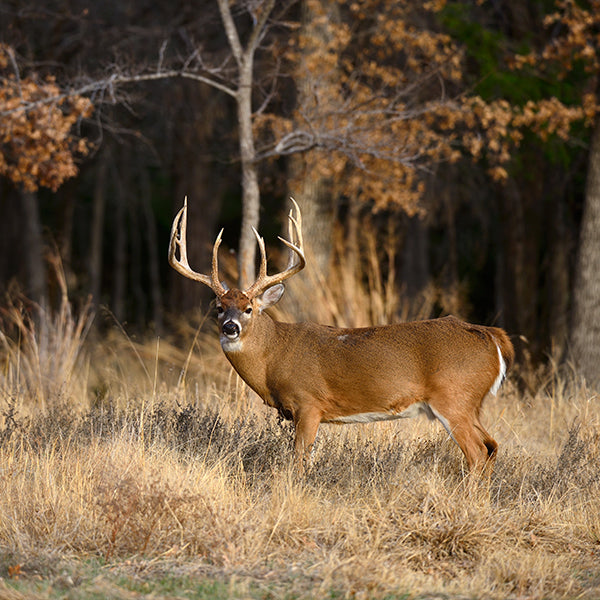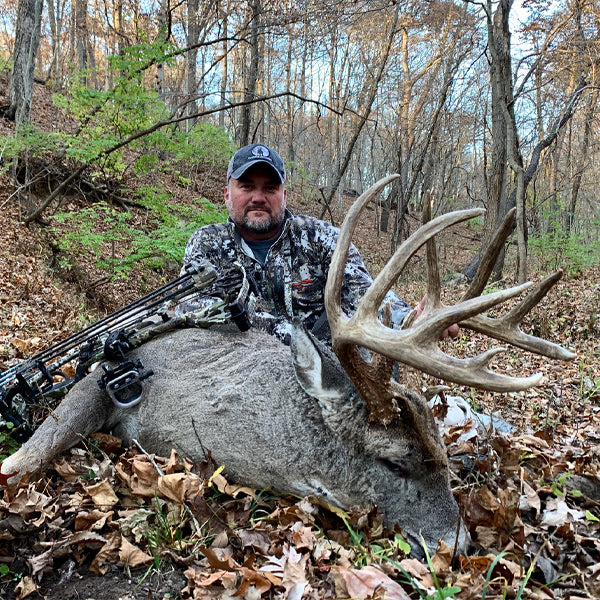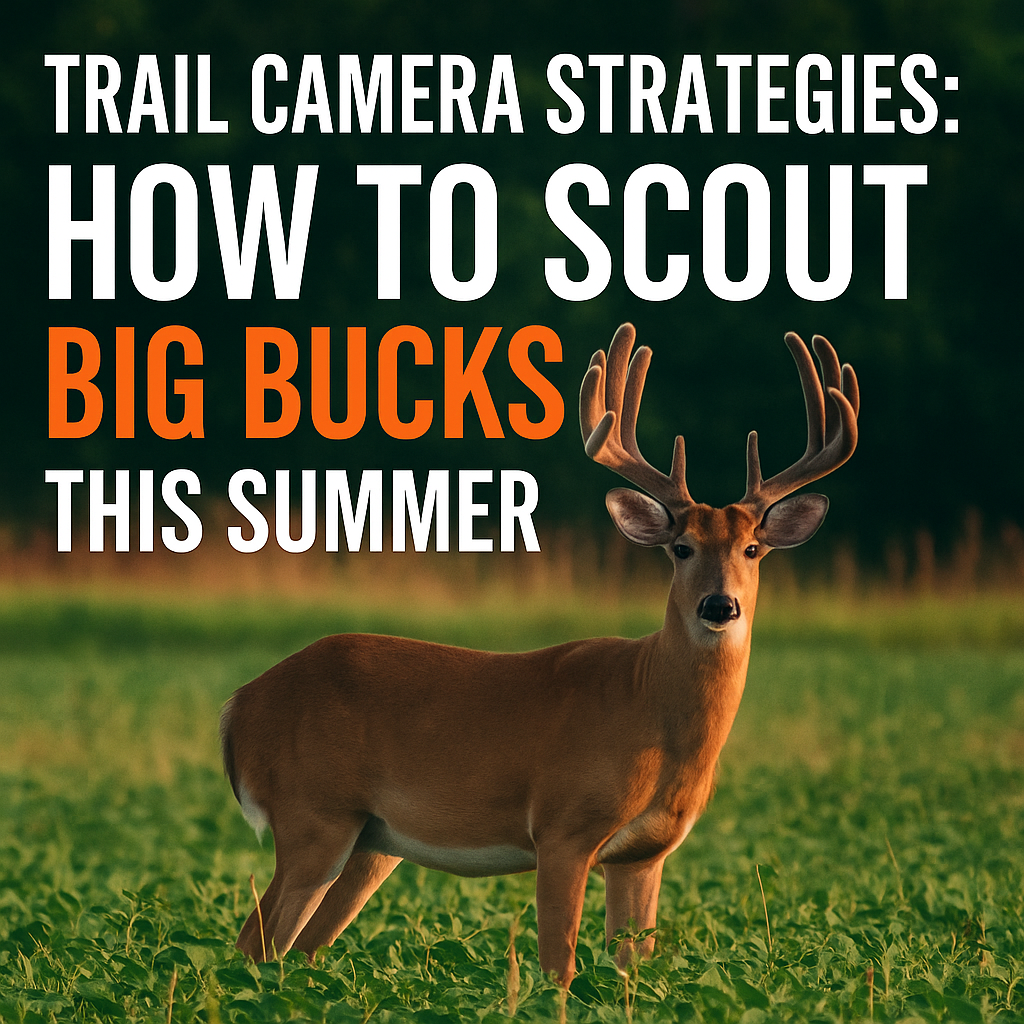
If You Want to Kill a Mature Buck This Fall, the Work Starts Now
July and August might feel quiet, but make no mistake—bucks are already laying down patterns. If you can get ahead of that, and scout smart without tipping your hand, you're stacking the odds in your favor before most hunters have even checked a camera.
This isn’t about getting thousands of pictures. It’s about understanding movement, timing, and pressure. And it starts with knowing what truly drives deer activity—Red Moon influence, not just food or weather.
Moon Position, Not Moon Phase
A lot of hunters still focus on moon phase—full moon, new moon, waxing, waning. That’s outdated thinking. What actually triggers daylight movement, especially from mature bucks, is when the moon is directly overhead or directly underfoot.
This gravitational positioning creates subtle shifts in deer behavior, prompting movement windows that are much more reliable than any phase-based chart. The MoonGuide app takes that data and pinpoints the exact times bucks are most likely to move during legal light, in your specific area.
The result? You’re not just hunting more—you’re hunting better.
Watch how Red Moon timing influences mature buck movement during daylight hours.
Scout Without Overstepping
Summer is a critical time to gather information—but it’s also easy to overdo it. Too many card pulls, too much scent, and too many boots on the ground will have a mature buck shifting patterns before the season even starts.
Focus on These Key Areas:
- Field Edges: Set cameras just inside the treeline to catch bucks staging before entering soybean, clover, or alfalfa fields.
- Water Access: Small ponds, creek crossings, and shaded waterholes are hotspots in summer heat.
- Travel Corridors: Monitor trails between bedding and food—only if you can access them with minimal disturbance.
This is where a good cell camera setup can help reduce pressure. With the right placement, you can gather consistent intel while staying out of the woods. It’s not about quantity—it’s about quality and timing.
Stacking Intel with MoonGuide
One daylight picture of a shooter buck in velvet might be interesting. Two pictures on the same trail within the same Red Moon window? That’s a pattern forming.
This is where MoonGuide shines. It gives you the exact windows when deer are most likely to move under gravitational influence—often well before sunset. If a buck shows up during one of those periods, you’re not looking at random movement. You’re looking at an opportunity.
Start cross-referencing your camera data with MoonGuide. Note which winds he likes, how early he moves, and how that lines up with Red Moon days. That’s your playbook for early season.
Summer Behavior Isn't Fall Behavior—But It Matters
Yes, ranges shift. Yes, some bachelor groups break up and disappear. But don’t make the mistake of ignoring summer movement.
It gives you a head start on:
- Building a buck inventory
- Identifying low-impact access points
- Learning preferred winds and time-of-day movement
- Tagging patterns that may repeat come fall
Use the intel. Watch your pressure. And trust the data over your gut.
Final Thoughts
This isn’t about gear. It’s about information—and how you act on it.
- Time your sits with MoonGuide’s Red Moon data.
- Set your trail cams in smart, low-pressure zones.
- Pay attention to patterns, not just pictures.
Hunting smart doesn’t start in October. It starts now.
